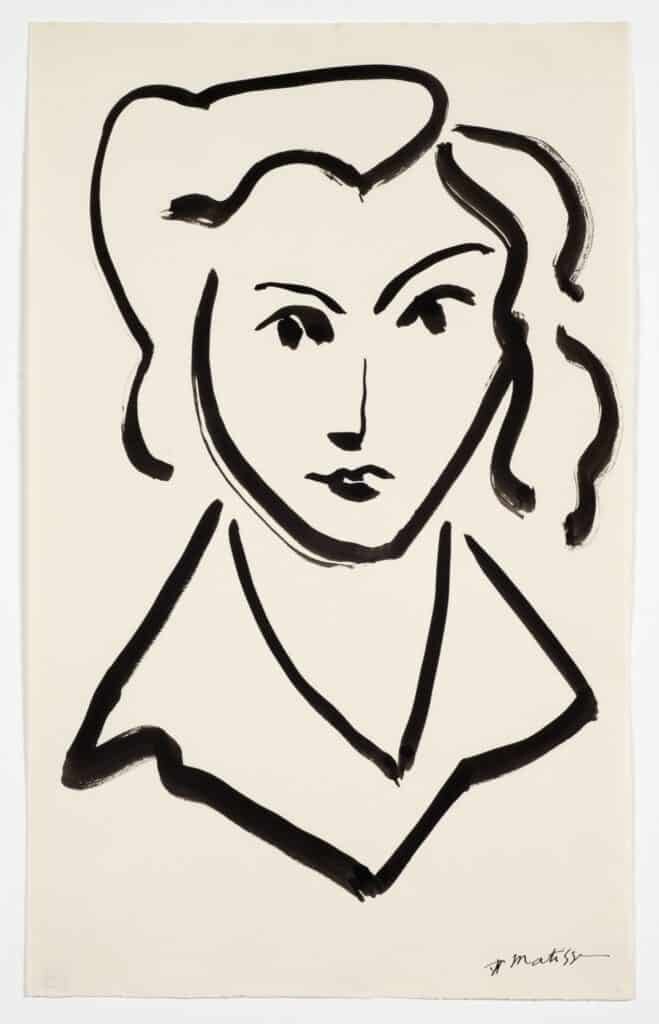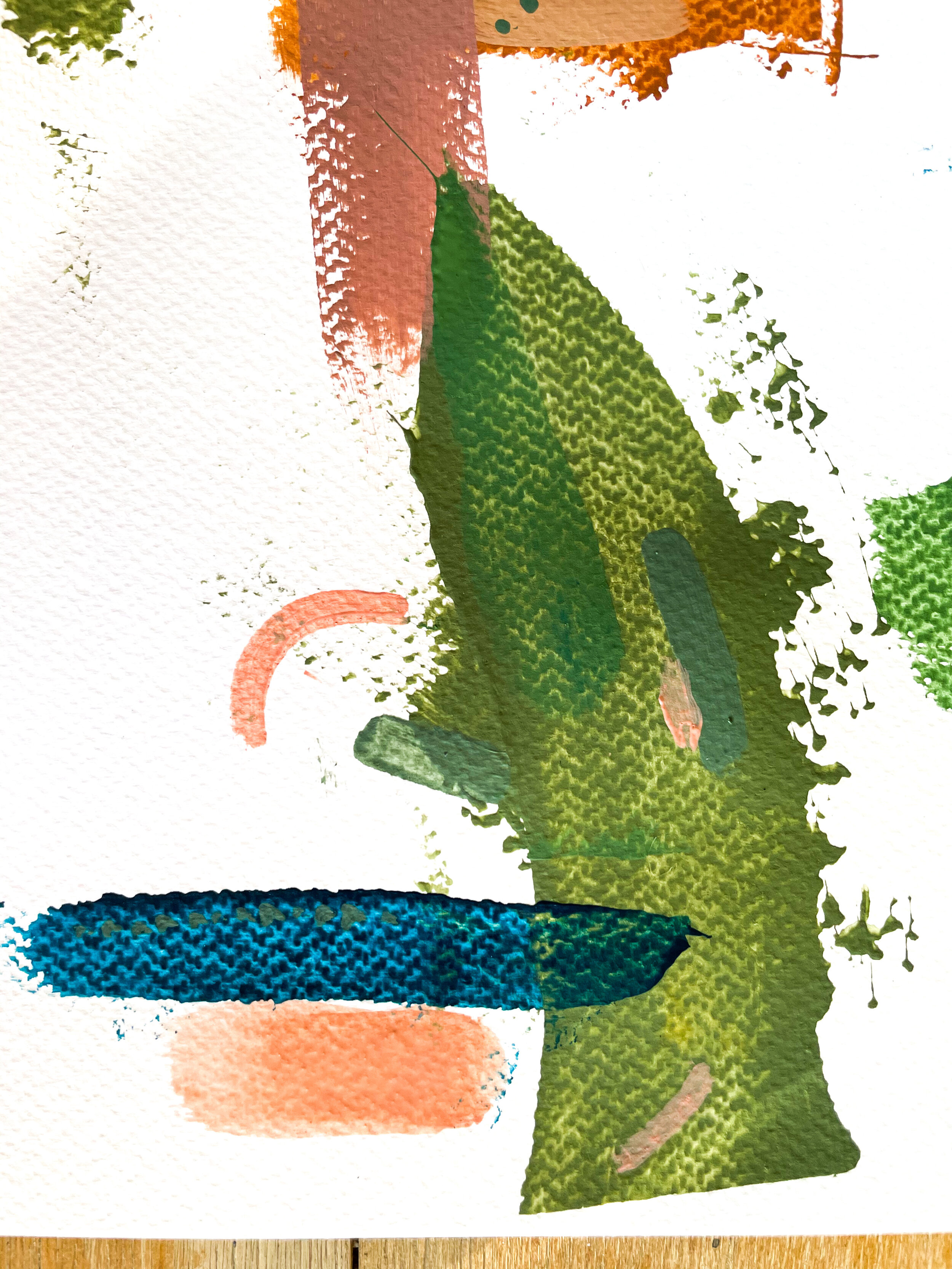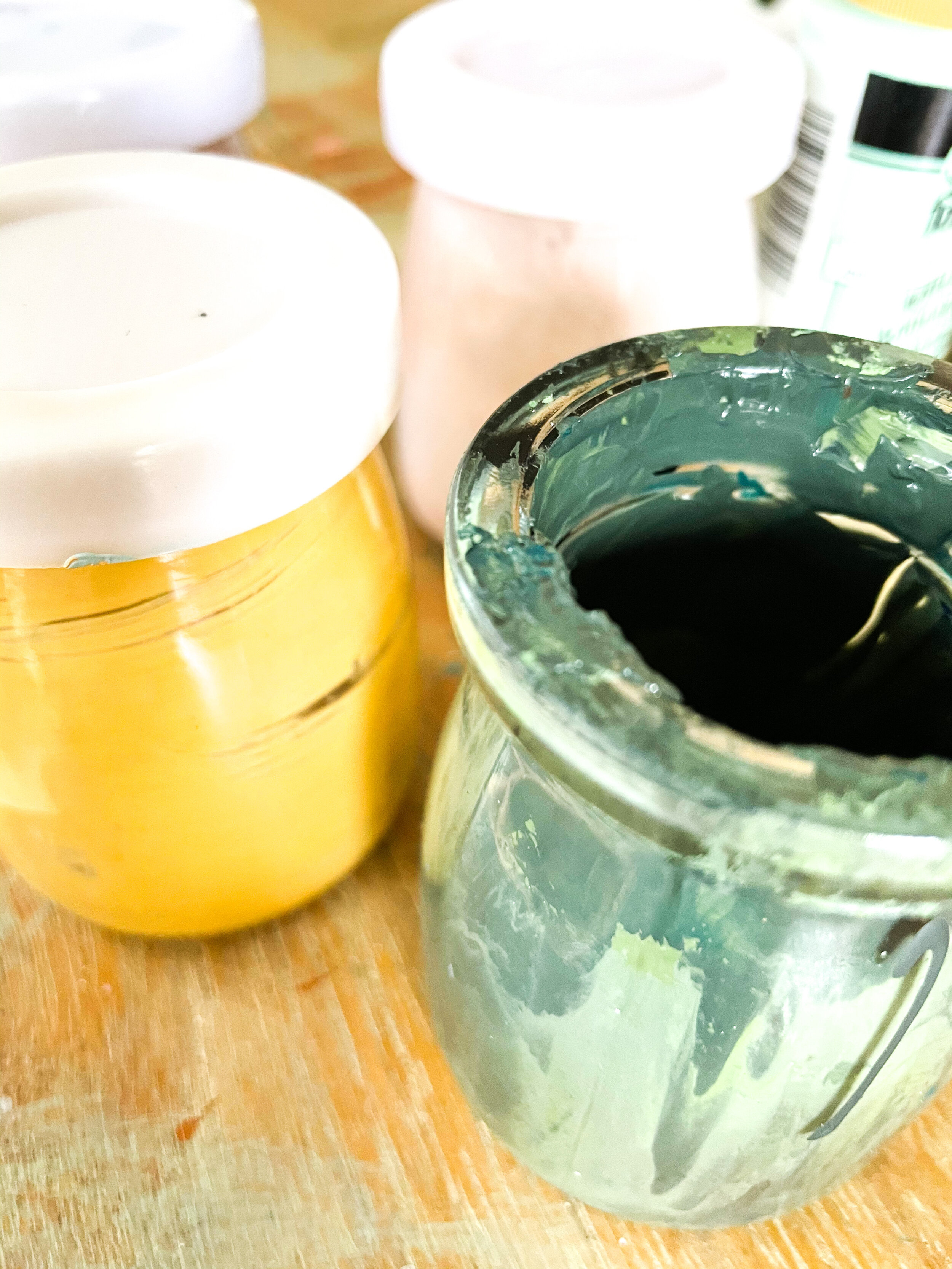Beginning strokes.
A little while back, I did a poll on my Instagram stories. I asked what you wanted to see, if I were to write a blog post. Surprisingly, a huge majority of you were interested in how I start a painting. I loved this response, because I find the beginning strokes truly the most exciting. You may not even see them in the end, but I do. I know they’re there - that magical foundation holding the whole thing up.
So how do I start a painting?
Truth be told, I’m not wired like most artists - from what I’ve seen, anyway. I don’t rely heavily on “studies” in my sketchbook that I’ve been hoarding over time. I’m not very good at drawing. In fact, I’d go so far as to say that I’m downright bad at it. My grade one students would constantly make comments like “Mme Moore, that doesn’t even look like a giraffe.” Thanks kids.
But it’s true. And that’s fine. I don’t believe a painter needs to be good at drawing. I don’t believe a sculptor needs to be able to paint their vision. Yes, some of the old white men that are so famous in art history could do it all, but a lot of them couldn’t. Pablo Picasso and Henri Matisse are widely known for their basic line drawings. They’re not fancy, but they do the trick! They convey the message they want, and their simplicity is actually what I find most valuable.

For me, I start with a palette. If I’m not feeling the colour palette, I am entirely uninspired.
Palette inspiration typically comes from nature. The odd colour pops into my art because I think it’ll compliment what I already have going, but I’d say 95% of my palette inspiration is guided by Mother Nature herself. Once I’ve got a palette that speaks to me, I mix a ton of each colour. Each colour gets it’s own little jar. This is a great way to have everything ready to go for when I do start putting paint to canvas. I also try to make notes in my sketchbook of the colours I make, and how I made them. That way if and when I run out mid-painting, I can easily go back and mix some more. ***DO THIS STEP. I’ve gotten lazy/cocky, and man have I paid for it! It’s not as easy as you’d think to mix a specific colour a few days after you created it!***
Once my colours are mixed, I might muck about a bit on paper… put down a few strokes here and there to test out the colours. But honestly, this is typically only done for my commission work, in order to give my clients a loose sense of where my head is at. For my own pieces, I usually just choose my palette, mix the paint, and start slapping it on my canvas!
palette knife goodness.
When I say “slap” the paint on canvas, I basically mean just that. My first layer on ANY painting (commission, collection work, or just messing about for my own selfish pleasure) is done using a palette knife. Yup. A knife. Not a brush. Not some fancy tool. Just a $3 palette knife I bought about 13 years ago during my undergraduate degree when I had to choose between spending my money on school supplies and cheap beer. Can you guess which category won?
This palette knife is my tried and true possession. If I lost it, I’d be sunk. It allows me to add texture and lines that no paint brush could ever achieve. I can be bold, purposeful, and just sink my soul right into the process. They’re not precious. You can be rough with them. You can slap on a ton of paint at once and use the knife to push it all around your canvas. I adore this tool more than anything else! If you’re interested in painting and don’t already own one of these, I highly suggest you grab one from your local art supply store asap! I like a palette knife that has a broad base, is quite long, and gets thinner at the tip. You can achieve so many textures with this style of knife and it works on any size canvas.
Here’s a terrible photo of me at 6:30 in the morning (that hair…), starting a commission with… you guessed it! My palette knife.
So that’s it! Nothing terribly fancy. Nothing too planned out or thought out, because if any of you know me, you’ll know that I tend to just act. I get an idea and I put it into motion before any little voices in my head start to doubt or question my ideas. I wouldn’t call it spontaneity, but I certainly feel that my art is a reaction to an idea or a feeling, as oppose to a reaction to a carefully planned out process.
Want an update on when the next blog post gets published?










